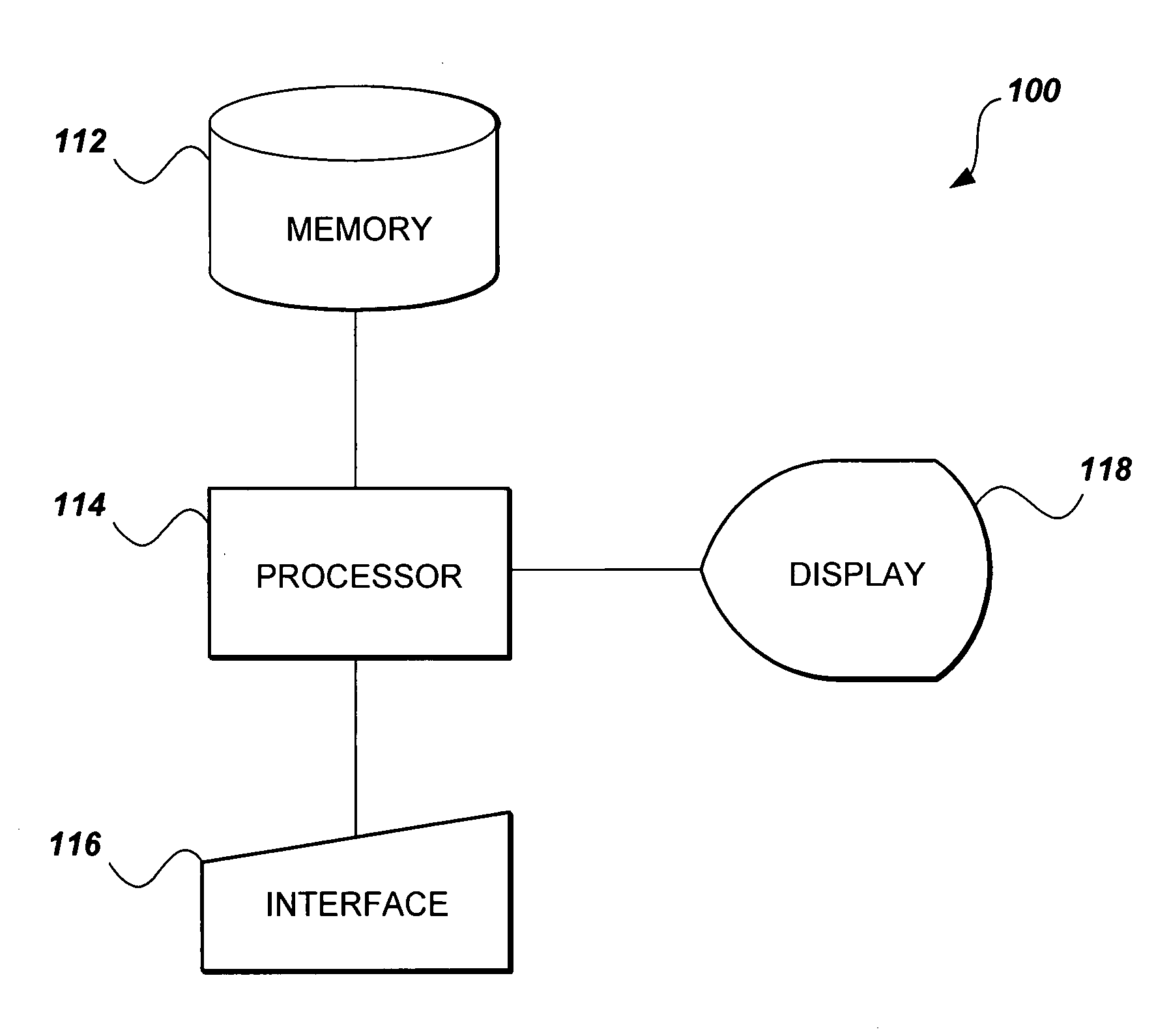Method of performing cipher block chaining using elliptic polynomial cryptography
a cryptography and polynomial technology, applied in the field of computerized cryptographic methods, can solve the problems of computationally “difficult” or “hard” problems such as the elliptic polynomial discrete logarithm problem, and achieve the effect of dividing the field
- Summary
- Abstract
- Description
- Claims
- Application Information
AI Technical Summary
Benefits of technology
Problems solved by technology
Method used
Image
Examples
case b
[0194]iii applies for all other conditions except those in cases B.i and B.ii. This case occurs only when ny is greater than or equal to one. Given two points (x0,o, x1,o, . . . , xnx,o, y0,1, y1,1, . . . , yny,1)∈ECnx+ny+2 and (x0,o, x1,o, . . . , xnx,o, y0,2, y1,2, . . . , yny,2)∈ECnx+ny+2 that do not satisfy the conditions of cases B.i and B.ii above, the sum point is written as[0195](x0,3, x1,3, . . . , xnx,3, y0,3, y1,3, . . . , yny,3)=(x0,o, x1,o, . . . , xnx,o, y0,1, y1,1, . . . , yny,1)[0196]+(x0,o, x1,o, . . . , xnx,o, y0,2, y1,2, . . . , yny,2).
[0197]There are several possible rules to find the sum point in this case. Three possible methods are given below.
[0198]1) Using three point doublings and one point addition,[0199](x0,3, x1,3, . . . , xnx,3, y0,3, y1,3, . . . , yny,3)=4(x0,o, x1,o, . . . , xnx,o, y0,1, y1,1, . . . , yny,1)[0200]−2(x0,o, x1,o, . . . , xnx,o, y0,2, y1,2, . . . , yny,2);
[0201]2) using one point doublings and three point additions,[0202](x0,3, x1,3, . ....
first embodiment
[0261]In a first embodiment, the cipher block chaining method utilizes a non-quadratic residue element of F(p), α∈F(p), where √{square root over ( α∉F(p). A point which may be located either on an elliptic curve y2=x3+ax+b or its twist αy2=x3+ax+b is represented as (x,√{square root over (α)}y), where α is either equal to 1 or αo. If α=1, the point (x,√{square root over (α)}y) lies on an elliptic curve, while if α= α, the point lies on its twist. EC represents the set of points that satisfy an elliptic curve equation, and TEC represents the set of points that satisfy its twist. In the following, it is assumed that the maximum block size that can be embedded into an elliptic polynomial is N, and that the message data bit string length is a multiple of (N−L), such as u(N−L), where L is the number of bits that are used to tag each message block to identify its order. In other words, the number of blocks is u, and u=2L. The preferred embodiment of the present method includes the followin...
PUM
 Login to View More
Login to View More Abstract
Description
Claims
Application Information
 Login to View More
Login to View More - R&D
- Intellectual Property
- Life Sciences
- Materials
- Tech Scout
- Unparalleled Data Quality
- Higher Quality Content
- 60% Fewer Hallucinations
Browse by: Latest US Patents, China's latest patents, Technical Efficacy Thesaurus, Application Domain, Technology Topic, Popular Technical Reports.
© 2025 PatSnap. All rights reserved.Legal|Privacy policy|Modern Slavery Act Transparency Statement|Sitemap|About US| Contact US: help@patsnap.com



